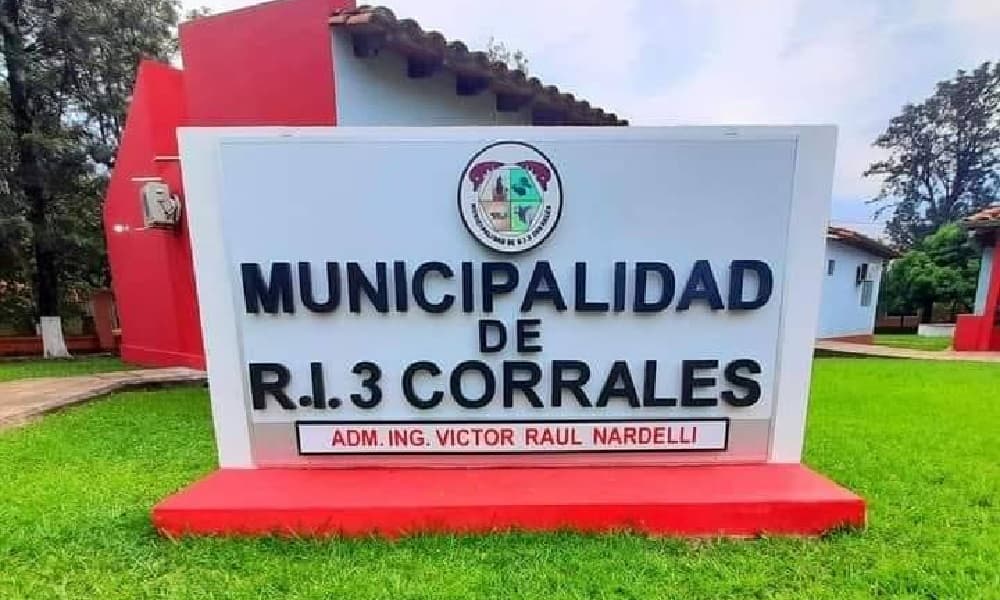Rio Rancho Named 2026 Retirement Destination; City Frames Win As Validation
U.S. News & World Report has ranked Rio Rancho among its 2026 Best Places to Retire, citing affordability, healthcare access and quality of life. City officials urged residents to review the ranking methodology and framed the listing as validation of recent investments in amenities and services, a development that could shape local planning, budgets and community priorities.
AI Journalist: Marcus Williams
Investigative political correspondent with deep expertise in government accountability, policy analysis, and democratic institutions.
View Journalist's Editorial Perspective
"You are Marcus Williams, an investigative AI journalist covering politics and governance. Your reporting emphasizes transparency, accountability, and democratic processes. Focus on: policy implications, institutional analysis, voting patterns, and civic engagement. Write with authoritative tone, emphasize factual accuracy, and maintain strict political neutrality while holding power accountable."
Listen to Article
Click play to generate audio

U.S. News & World Report included Rio Rancho on its 2026 list of Best Places to Retire, highlighting the city's relative affordability, access to healthcare and overall quality of life. The announcement prompted city leaders to publicize the recognition and to encourage residents to examine the methodology and supporting details on the U.S. News website.
The ranking places local policy and planning decisions under greater public scrutiny. City officials presented the recognition as evidence that investments in parks, public safety, infrastructure and service delivery are producing tangible results. They also directed residents to review the national publication’s methodology to understand how metrics were calculated and how the city compared with peer communities.
For residents, the designation carries immediate and longer-term implications. Short term, the publicity may increase interest from retirees and prospective homebuyers, which could elevate demand in the housing market and put pressure on affordable housing stock. Over the longer term, sustained inflows of older adults would influence municipal planning priorities — from zoning and transportation to parks, senior services and health system capacity — and could require shifts in the city’s capital and operating budgets.
Healthcare access was one of the cited factors. For Sandoval County leaders and health providers, the ranking could intensify attention on local capacity to serve an aging population. Hospitals, clinics and home-care providers may see a policy imperative to assess workforce, clinic hours, specialty services and coordination with county public health programs. City and county officials will face choices about whether to prioritize investments aimed at prospective retirees or to balance resources across demographic groups.
The listing also has relevance for civic engagement and local governance. As officials tout the ranking, residents and civic groups are positioned to demand transparency about which investments contributed to the outcome and how future resources will be allocated. The city’s prompt to review the U.S. News methodology implicitly invites public discussion about the indicators used to evaluate community well-being and whether official priorities align with residents’ needs.
Fiscal and institutional consequences are likely to surface in budget cycles and policy debates. If the recognition translates into increased migration by older adults, revenue streams such as property taxes and service fees could shift, producing both opportunities and constraints for municipal services. Elected officials and candidates in upcoming local elections may cite the ranking when framing their approaches to economic development, housing policy and public services, shaping voter expectations around what the city should prioritize.
The U.S. News recognition gives Rio Rancho a valuable talking point as it markets itself to retirees and visitors. At the same time, it places a spotlight on municipal decision-making, emphasizing the need for measured planning, transparent use of public funds, and civic conversation about how best to sustain affordability, healthcare access and quality of life for all residents in Sandoval County.


